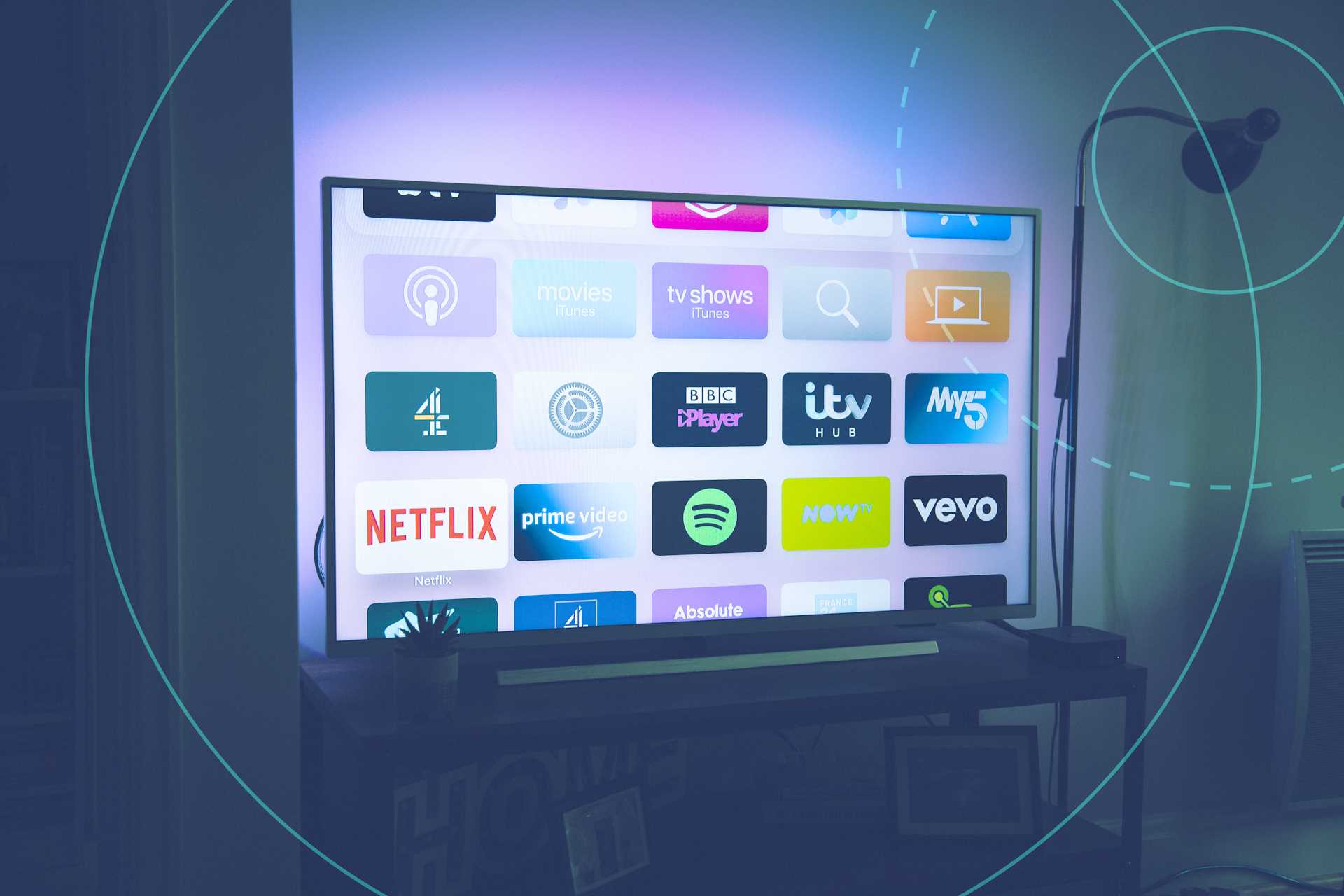Programmatic media buying is the most scalable way for advertisers to reach audiences while optimizing ad spend.
Programmatic advertising is one of the most effective ways for advertisers to reach high-value audiences at scale
When it comes to digital advertising, programmatic media buying is revolutionizing the way brands and marketers reach their target audience. With advanced technology and data-driven approaches, advertisers can leverage various types of strategies to effectively place online ads and optimize campaign performance. But exactly what is programmatic ad buying, and how can advertisers take full advantage of its capabilities?
In this article, we will explore the different types of programmatic media buying, including real-time bidding (RTB), private marketplace (PMP), programmatic direct, and programmatic guaranteed. By understanding the various types of programmatic media buying, marketers can make informed decisions and develop effective digital advertising strategies to achieve their campaign objectives.
Read more in The Ultimate Guide to Programmatic Marketing.
What Is Programmatic Media Buying?
Programmatic media buying is the automated process of buying digital ad space. It involves the use of software and algorithms to acquire ad inventory in real-time, targeting specific audiences, and collecting data to optimize performance. Most programmatic media buying takes place on ad exchanges, which are marketplaces where publishers and advertisers buy and sell ad space. Companies often use a programmatic media buying platform, such as a demand or supply-side platform, to manage inventory efficiently.
For advertisers, programmatic media buying offers better targeting, real-time optimization, and the ability to reach audiences across multiple channels. For publishers, it provides automated ad-serving and the opportunity to maximize revenue by selling ad space at the highest possible price. Overall, programmatic media buying streamlines the ad buying process and enhances performance for both parties.
Types of Programmatic Media Buying
Real-Time Bidding (RTB)
Real-time bidding (RTB) in an open marketplace allows advertisers to place bids on ad inventory in real time. When a user visits a website, the publisher’s supply-side platform (SSP) automatically creates an auction for available ad placements. Advertisers use demand-side platforms (DSPs) to place bids on inventory based on their budget and targeting criteria. When the highest bidder wins the auction, the advertiser’s ad server automatically fills the placement with advertising content.
Private Marketplace (PMP)
Private Marketplaces (PMP) are private channels in the programmatic ad buying ecosystem where publishers list their premium inventory to select advertisers. It marries RTB technology with traditional direct deals, allowing invited parties to bid on ads while giving publishers a direct hand in managing high-value placements. This gives publishers more control over their most valuable inventory while taking advantage of programmatic buying tools.
The benefits of PMP are plentiful. Advertisers can obtain direct access to exclusive inventory, publishers gain more visibility into critical sales, and all parties can maintain higher levels of brand safety. However, there are also some drawbacks to using PMP. It can be more complex to set up and manage compared to open marketplace or direct deals, and there is a risk of not reaching as many potential buyers as in an open auction.
Programmatic Guaranteed
Programmatic guaranteed advertising offers a secure way for advertisers to purchase ad inventory directly from publishers, ensuring premium placements and high-quality audiences. The negotiation process involves direct communication between the advertiser and the publisher, allowing for more control over pricing and inventory availability. This results in guaranteed ad placements at fixed prices, providing more predictability for ad spend. Audience targeting is precise, leveraging data and technology to reach specific demographics and interests, maximizing campaign effectiveness.
The level of transparency in programmatic guaranteed advertising is high, as advertisers have insight into where their ads will appear and can ensure brand safety. This transparency builds trust and confidence in the ad buying process.
The benefits of programmatic guaranteed include premium inventory access, fixed pricing, and precise audience targeting. However, they can also feature higher costs and limited inventory availability. Programmatic guaranteed is suitable for advertisers with specific needs and hefty budgets who prioritize premium placements and control over their ad spend.
Preferred Deals
Preferred deals in the advertising industry involve a collaboration between ad sellers and publishers to negotiate and secure fixed-price deals for ad placements. To benefit from preferred deals, ad sellers and publishers work closely together to determine the priority placement of ad placements on the publisher's website. This may involve negotiating for premium ad placements, such as above-the-fold placements or placements within highly engaging content.
Additionally, audience data and website metrics play a crucial role in these deals. Ad sellers can leverage audience data to demonstrate the value of their ad inventory, while publishers can use website metrics to showcase the quality and relevance of their audience to potential advertisers. This data-driven approach helps both parties negotiate favorable terms and ensures that the ad placements reach the desired target audience effectively.
By collaborating and leveraging audience data and website metrics, ad sellers and publishers can secure preferred deals that provide mutual benefits. Advertisers can access premium ad placements at a fixed price, while publishers can generate guaranteed revenue from their ad inventory, making preferred deals a win-win negotiation strategy in the advertising industry.
Benefits of Programmatic Media Buying
Programmatic media buying offers a range of benefits for businesses looking to increase their sales and revenue. One key advantage is the efficiency it provides since it helps advertisers automate ad buying while optimizing ad spend. It also reduces the need for manual negotiation, which contributes to additional cost savings.
Another benefit is the advanced targeting capabilities that programmatic media buying offers, allowing advertisers to reach their desired audience with precision and relevance. Additionally, the use of data-driven insights enables more informed decision-making, as advertisers can leverage real-time data to optimize their campaigns and improve performance.
Furthermore, programmatic media buying is highly scalable, making it suitable for businesses of all sizes. This scalability allows for campaigns to reach a broader audience, ultimately driving sales and revenue growth.
Programmatic Media Buying Best Practices
Programmatic media buying has revolutionized the way advertisers reach their target audiences, offering greater efficiency and precision than ever before. However, with the vast amount of data and options available, it's crucial to understand and implement best practices to maximize the effectiveness of programmatic campaigns. From setting clear campaign objectives to leveraging audience data and ensuring brand safety, these best practices are essential for success in the increasingly complex world of programmatic media buying.
Know Your Audience
The first step to employing programmatic media buying best practices is determining your audience. Then, leverage any internal and third-party data you have to get an idea of what kind of messaging will be most effective. For example, Gen Z values sustainability and inclusivity, so they’ll respond better to companies that share the same values. From there, take advantage of your advertising platform’s targeting capabilities to create a hyper-targeted ad campaign.
Track Your Progress
Keep a close eye on conversions and return on ad spend (ROAS). Conversion activities may include making a purchase, signing up for a trial, or downloading a free report, but all contribute to your overall advertising goal. Meanwhile, ROAS ensures that you budget wisely and get the most value from each campaign.
Experiment With Different Ad Formats and Creative Strategies
Sometimes ads need some creative optimization to figure out your winning strategy. For static ads, this might mean using bolder color choices; video ads that aren’t performing may be too lengthy or hard to view on a mobile platform. You can try adding interactive elements or simplifying the call to action with a QR code; the right advertising platform will offer a variety of formats, making it easier to find the right fit for your audience.
Make tvScientific Your CTV Partner
tvScientific was co-founded by senior executives with deep roots in search, programmatic advertising, digital media, and ad verification. We think scientifically, and our results are driven by a belief in one, simple formula: Trust = Data x Transparency x Control.
With powerful attribution capabilities, real-time reporting, automated optimization, and built-in, always-on testing, we believe that tvScientific provides the most robust, transparent, tailored CTV advertising platform. Once you see it for yourself, we know you will too. Request a demo today.






